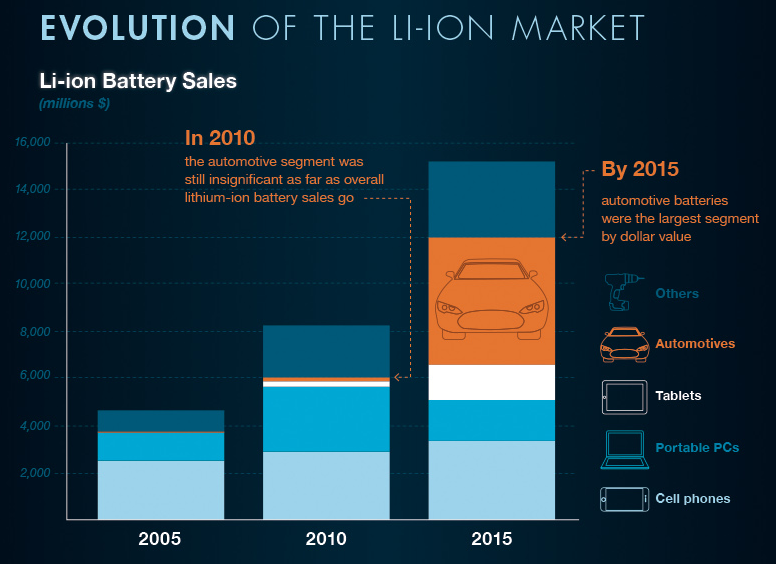
Lithium Battery Storage
Lithium batteries have been in use since the 1970s. They are the most commonly used battery in electric buses and vehicles. There are many different combinations of chemicals that can be used to create a lithium battery. Our specific lithium composition (lithium ferrous phosphate) is known for its reliability and safety. In the battle of lithium vs. lead-acid, continue reading to learn why Humless sides with lithium batteries.
Lithium Vs. Lead-Acid
Today some energy storage products include lead-acid batteries. While they are very inexpensive to make vs. the cost of lithium, they have some significant drawbacks.
Cycles
You can expect 6 to 10 times the lifespan with a lithium battery. That’s the difference of 500 lead acid cycles to 5000 with lithium. A well cared for lithium battery can last 10+ years. Consider yourself lucky if a lead acid battery lasts even 5 years.
Weight
Lead-acid batteries are typically about 3 times heavier than lithium. You are hauling around lead, one of the densest metals. Also, lithium batteries have a much higher energy density and efficiency so you can pack more power into a smaller battery.
Safety
When properly cared for these two kinds of batteries are both a safe technology. Using a battery that has any kind of visible damage is never advised.
Self-discharge
An issue with batteries and cells is that they lose their charge over time. This self-discharge can be a major issue. Due to this, one advantage of lithium-ion cells is that their rate of self-discharge is much lower than that of other rechargeable cells such as Ni-Cad and NiMH forms.
No requirement for priming
Some rechargeable cells need to be primed when they receive their first charge. There is no requirement for this with lithium-ion cells and batteries.
Contact Humless Today
We hope we were able to shed some light in the debate of lithium vs. lead-acid batteries. Contact Humless today if you have any more questions regarding this debate and check out our wonderful selection of solar power products today!
Taken From Energyandcapital.com (click the picture for more of their report.) 
To see more Humless news click here.
Article reviewed by: Glenn Jakins (CEO Humless)
